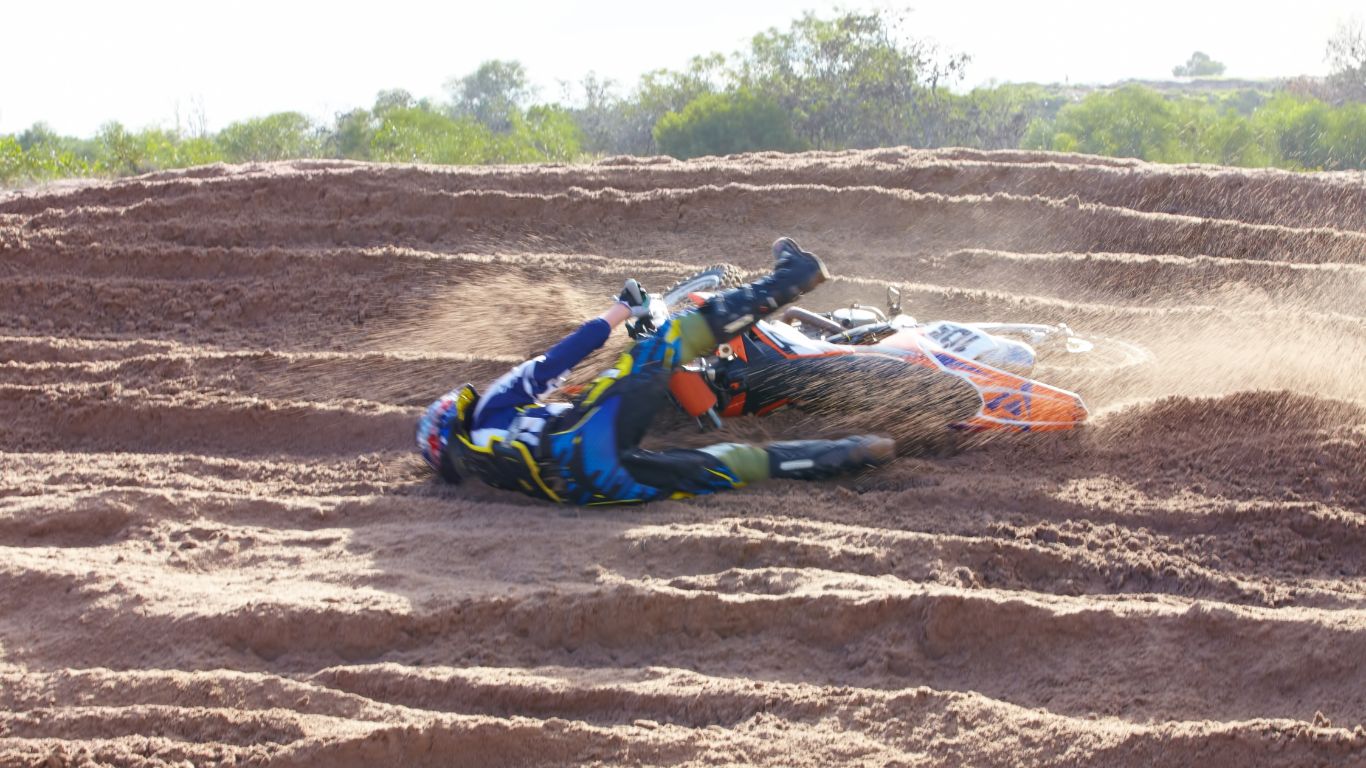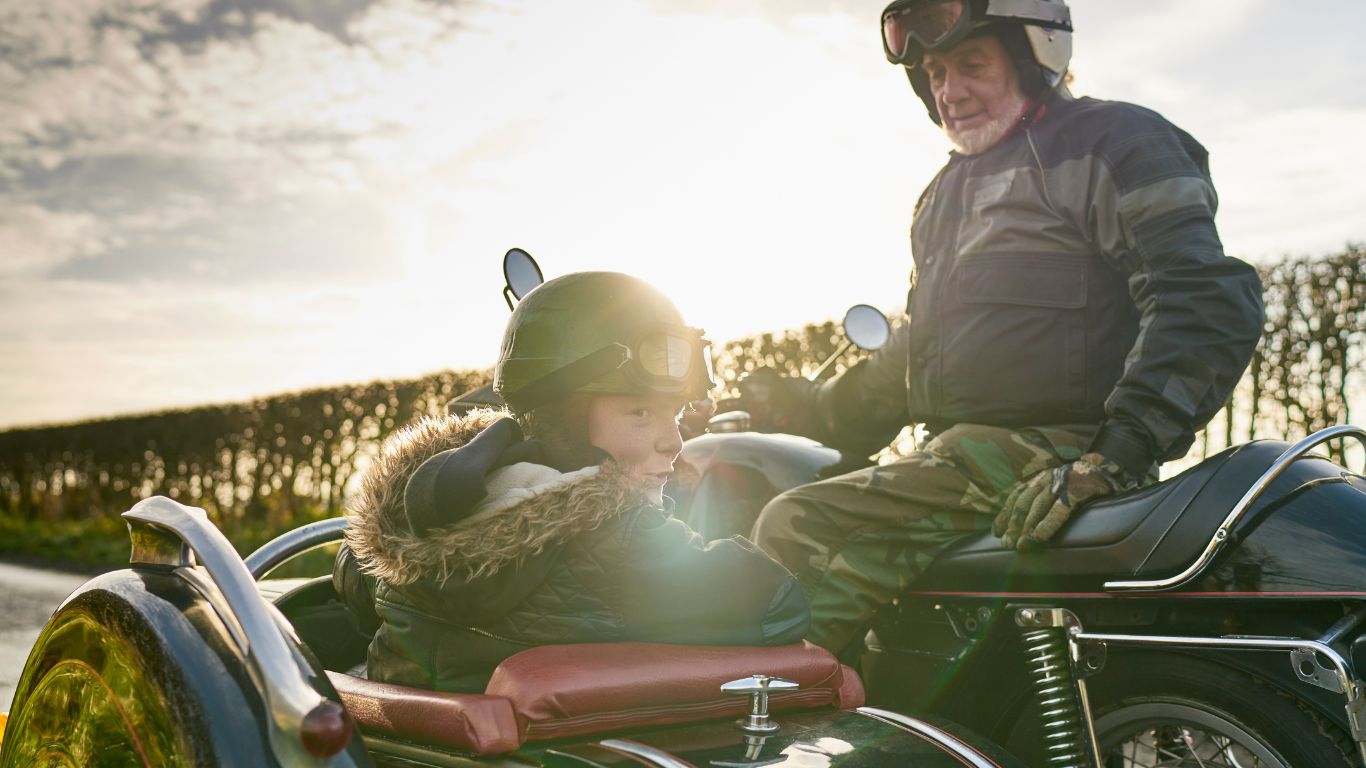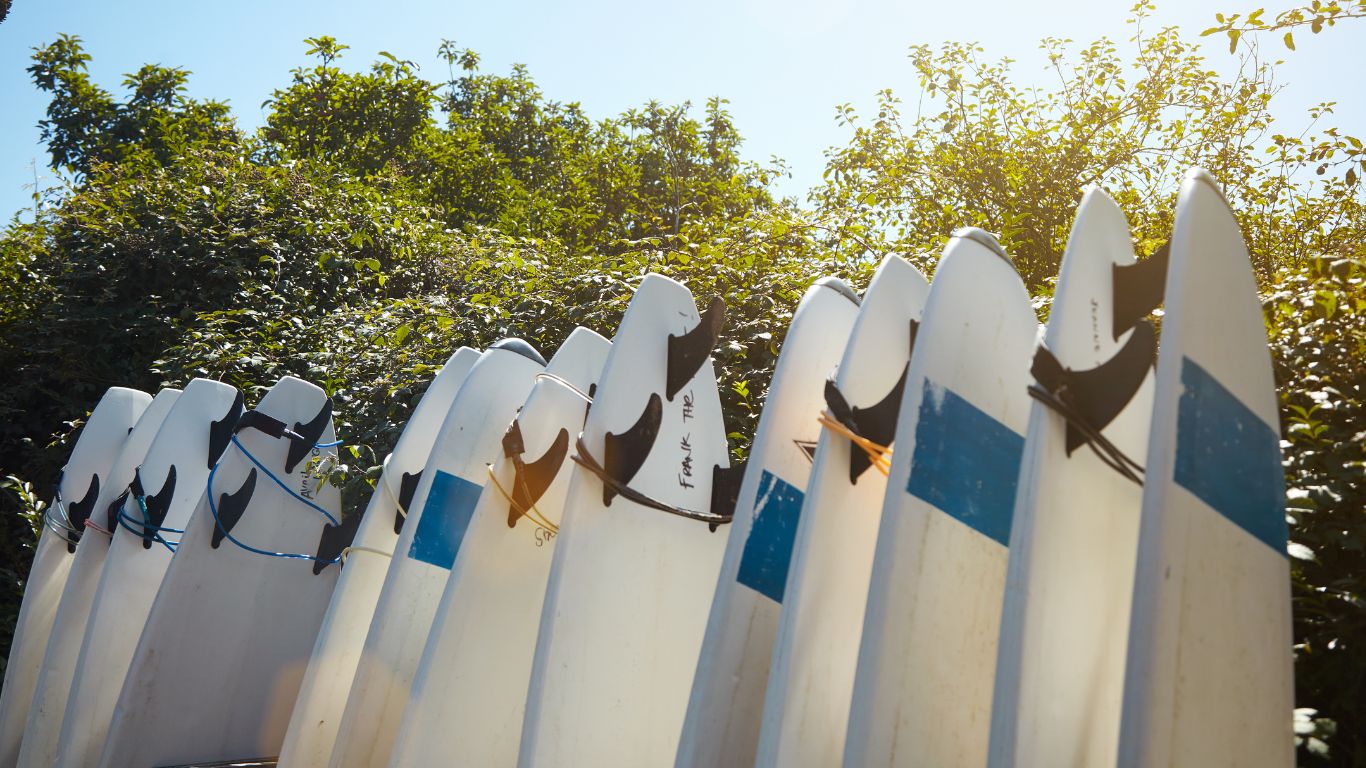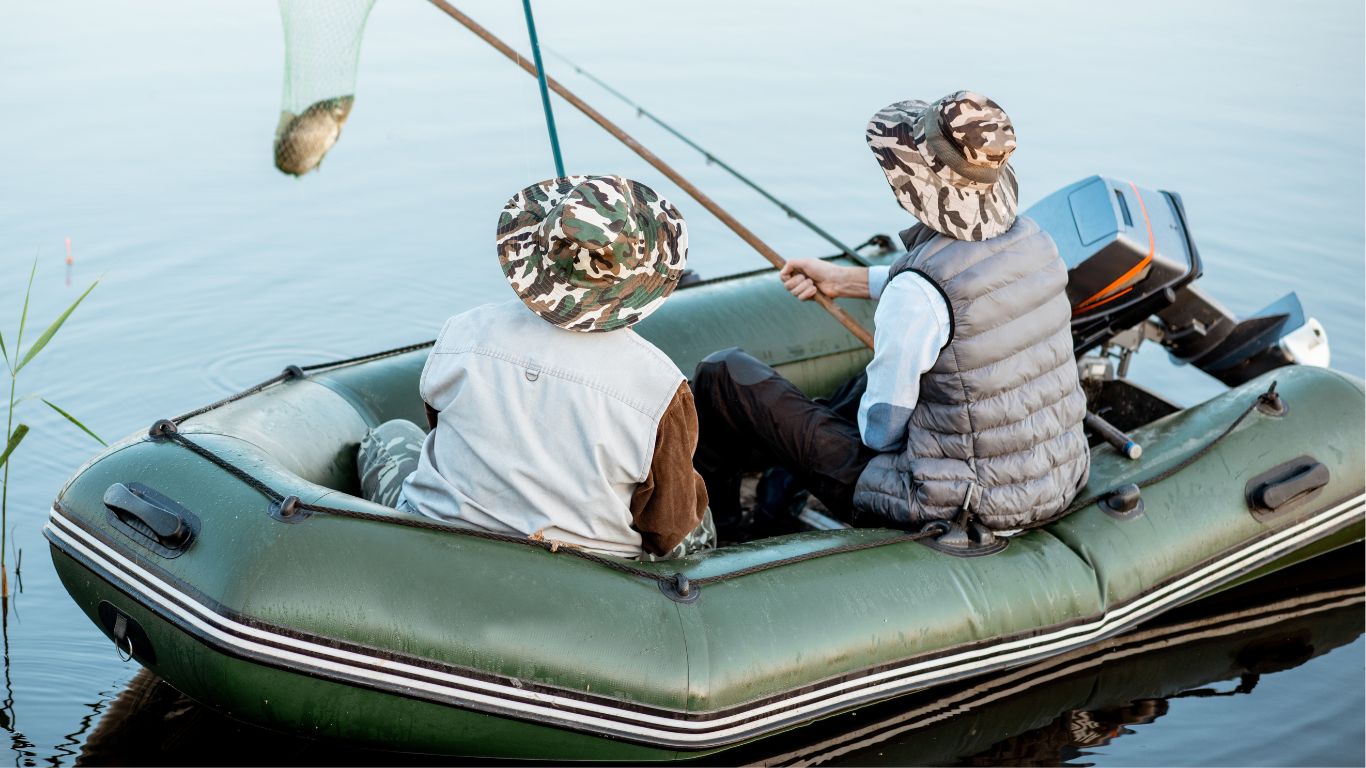Barrel racing is an exhilarating equine sport that combines speed, precision, and horsemanship. In this high-speed competition, horse and rider teams navigate a cloverleaf pattern around three barrels set in a triangle within an arena. The primary objective is to complete this pattern quickly without knocking over any barrels. This sport demands excellent communication between horse and rider, making it challenging and thrilling for participants and spectators alike.
Historical Context of Barrel Racing
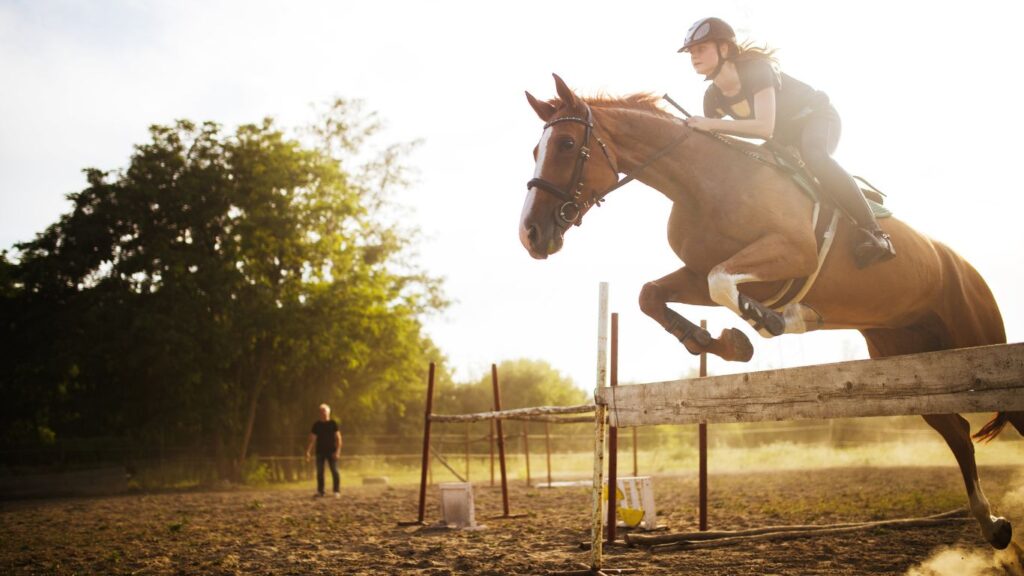
Barrel racing has a rich history, with roots in the 1930s. Initially, it was part of women’s rodeo events, often serving as halftime entertainment at men’s rodeos. Over time, barrel racing evolved from a simple race around barrels to a timed event with specific rules. Its popularity soared when barrel racing was included in the first National Finals Rodeo in 1959, leading to more formalized competitions and its inclusion in various equine events.
Techniques and Strategies in Barrel Racing
Mastering barrel racing involves understanding and employing various techniques and strategies:
- The “Pocket” Strategy involves guiding the horse to run deep into the barrel, minimizing the distance for the turn.
- Correct Body Positioning: The rider’s body positioning is crucial to help the horse maintain balance and speed around the barrels.
- Rate or Setup Cues: These momentarily slow the horse’s speed before a barrel, allowing for a tight turn.
- Subtle Cues: Training the horse to respond to subtle cues, such as leg pressure, guides them efficiently through the pattern.
- Natural Lead Preference: Understanding and utilizing the horse’s lead preference ensures faster and smoother turns.
- Balanced Run: Ensuring a smooth, balanced run without over-pressuring the horse prevents errors or knocking over barrels.
Training Tips for Barrel Racing Horses
Training a horse for barrel racing requires a combination of foundational horsemanship and specialized practice:
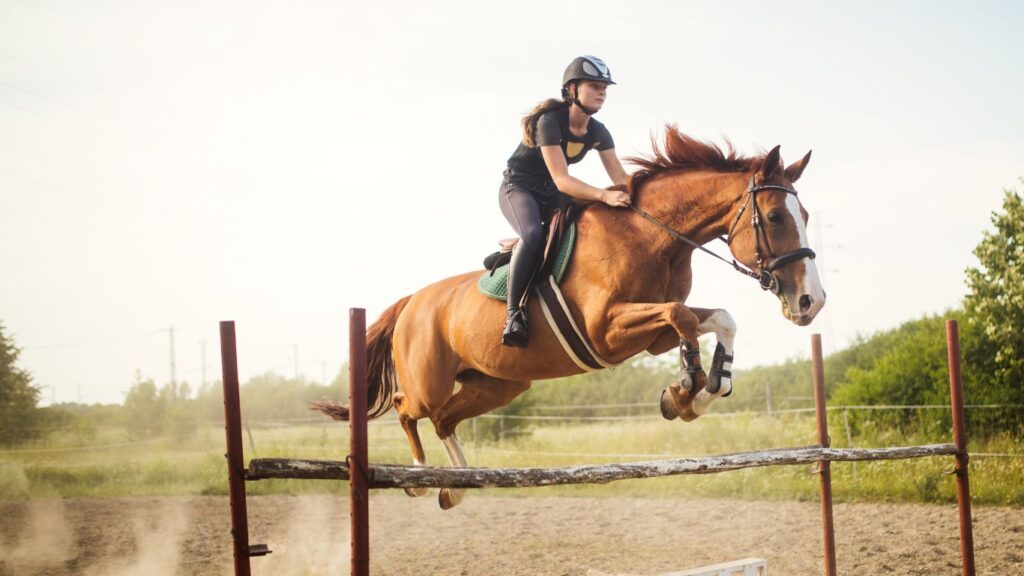
- Strong Foundation: Building good communication and mutual trust between horse and rider is essential.
- Physical Fitness: Develop the horse’s fitness and agility through trail riding, hill work, and sprint exercises.
- Gradual Introduction: Introduce the barrel pattern gradually to prevent anxiety or resistance.
- Emphasize Correct Turns: Practice the pattern initially at a walk or trot, focusing on correct turns and positioning.
- Gradual Speed Increase: Increase speed gradually as the horse becomes more confident and accurate.
- Positive Reinforcement: Use positive reinforcement and consistent cues to teach the horse to rate its speed.
- Drills: Incorporate drills that mimic barrel racing demands, such as tight turns and speed control exercises.
- Rest and Recovery: Allow for adequate rest and recovery to prevent burnout.
- Regular Assessment: Regularly assess the horse’s progress and adjust training techniques.
Safety Precautions in Barrel Racing
Safety is paramount in barrel racing for both the horse and rider:
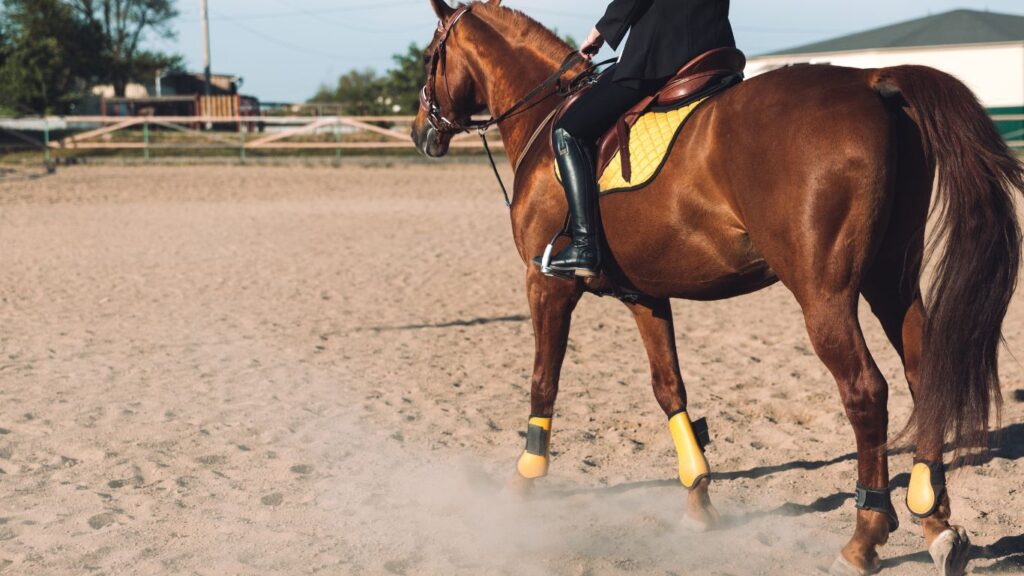
- Safety Gear: Riders should wear well-fitting helmets, and horses should have protective boots.
- Safe Arena: Ensure the area is free from hazards, including loose footing or debris.
- Equipment Inspection: Regularly inspect tack and equipment to ensure proper fit and condition.
- Warm-Up: Warm up the horse adequately before each run to reduce the risk of injury.
- Avoid Overtraining: Do not push the horse beyond its physical capabilities to prevent fatigue or injury.
- Varied Training Surfaces: Train on different surfaces to condition the horse’s hooves and legs.
- Communication and Control: Maintain good communication and control to ensure the horse responds to cues.
- Mental Well-Being: Avoid unnecessary stress or anxiety by keeping training sessions positive.
- Regular Check-Ups: Schedule veterinary check-ups and farrier visits to monitor the horse’s health.
Essential Equipment for Barrel Racing
The right equipment is crucial for successful barrel racing. Key items include:
- Barrels: Three durable barrels are essential for setting up the cloverleaf pattern.
- Bridle: A well-fitted bridle for effective communication between horse and rider.
- Saddle: A specialized barrel racing saddle that provides balance and support.
- Protective Gear: Helmets for riders and boots for horses to prevent injuries.
Barrel racing is more than just a sport; it’s a partnership between horse and rider built on trust, training, and technique. With the right approach and equipment, you can experience the thrill of navigating the barrels quickly and precisely.






